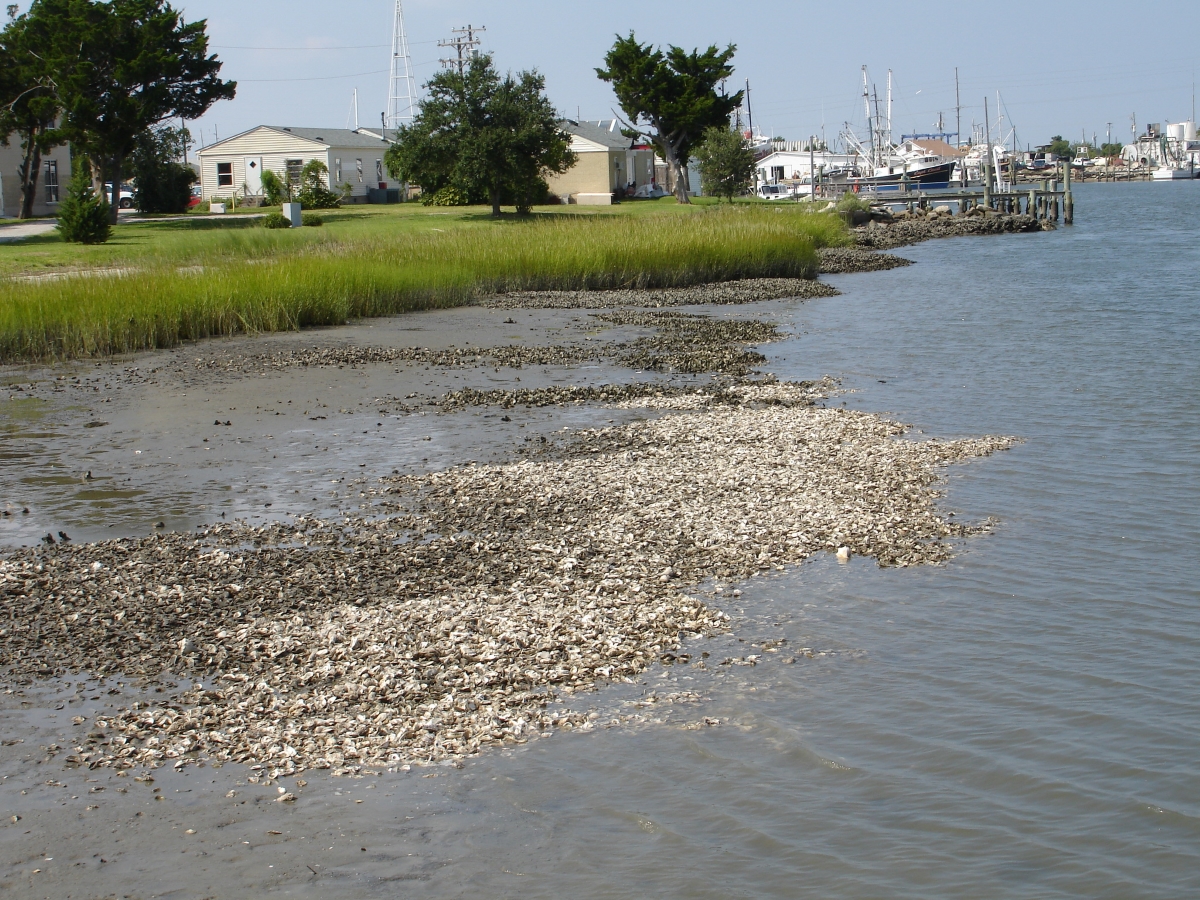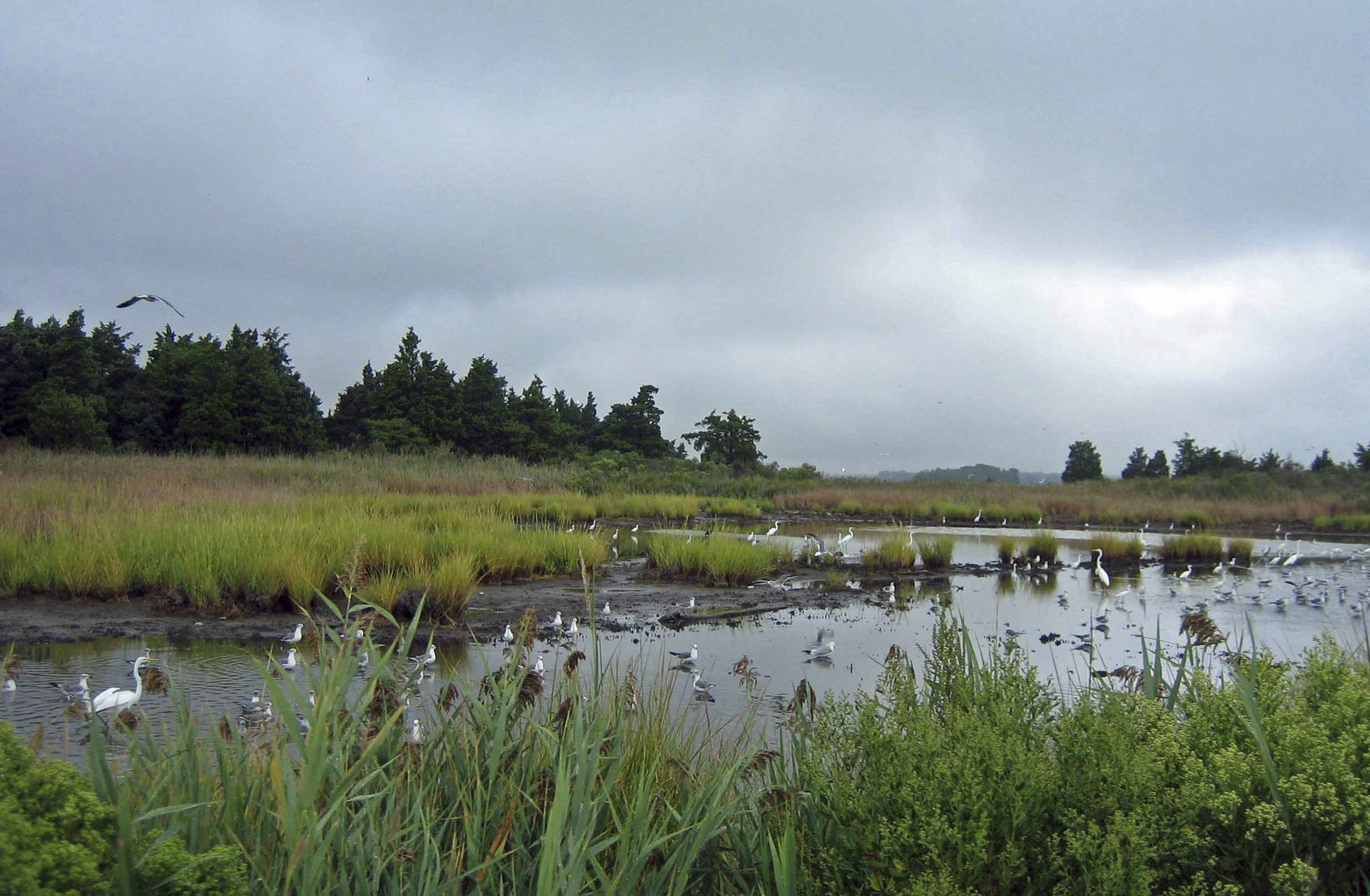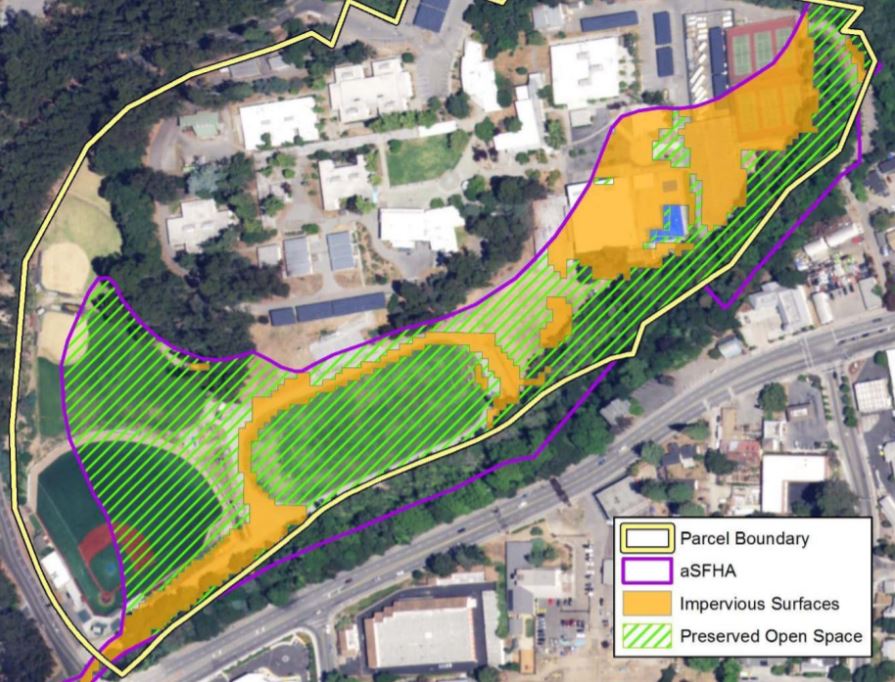
Microsoft Invests $50 Million in AI Climate Change Program
Microsoft announced that it will invest $50 million to provide cloud-computing services and other resources to organizations working on climate change and environmental technology.

Microsoft announced that it will invest $50 million to provide cloud-computing services and other resources to organizations working on climate change and environmental technology.

The Regional Marine Planning app, hosted within the new Blueways Conservation decision support tool, was launched to map the endangered species’ migratory corridors within the boundaries of United States and Mexican offshore energy planning boundaries. The tool can be used to minimize impact of offshore activity in the Gulf on important migratory species.

In North Carolina, The Conservancy has developed a NEW Living Shorelines application (app). Partnering with scientists at NOAA’s Beaufort Lab to bring in their research on the relationship between salt marsh distribution and shoreline wave energy in central coastal North Carolina.

A TNC study, funded by the US Fish and Wildlife Service, assessed more than 10,000 coastal sites in the Northeast and Mid-Atlantic to see where conditions are right for marshes to migrate inland an found that South Jersey’s coastal ecosystems hold tremendous value.

The Bay Area Open Space Council makes the link between fire, floods, open space preservation, and flood insurance premiums., and highlights NOAA’s GIS Workflow and Mapping Guide for the Community Rating System.

Flood and groundwater climate change modeling is underway to inform development of resilience projects for the local farming community. Learn about the latest progress of this initiative here.